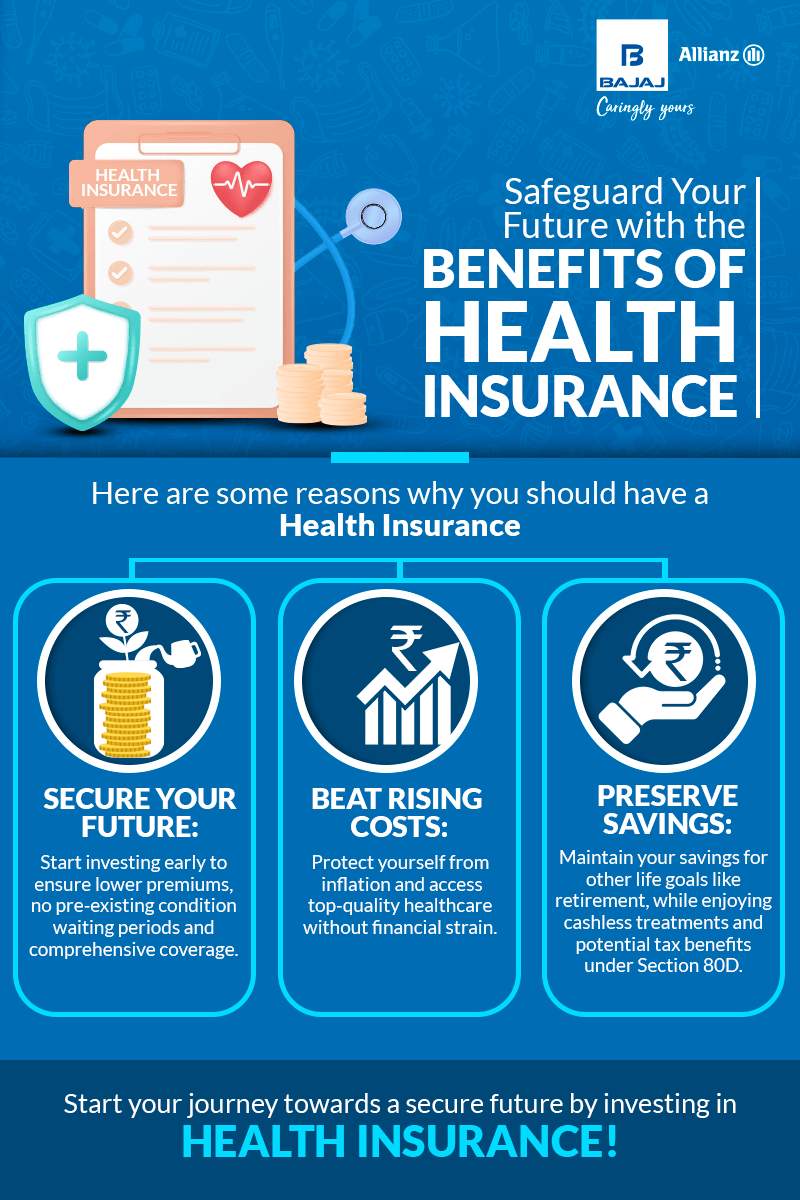What Does Medicare Advantage Agent Do?
What Does Medicare Advantage Agent Do?
Blog Article
The Ultimate Guide To Medicare Advantage Agent
Table of ContentsThe Best Guide To Medicare Advantage AgentNot known Factual Statements About Medicare Advantage Agent Medicare Advantage Agent - Questions


follows from confusing the perplexing young reasonably profile of the uninsured with without insurance better health, on average, of younger personsMore youthful For those without accessibility to office wellness insurance policy, inadequate wellness is a possible obstacle to buying nongroup coverage due to the fact that such protection may be highly priced, exclude preexisting conditions, or be merely inaccessible. Unless or else kept in mind, national price quotes of people without health insurance and proportions of the population with various kinds of protection are based on the CPS, the most extensively made use of resource of quotes of insurance coverage and uninsurance prices.

The Only Guide for Medicare Advantage Agent
The relationship in between health insurance and accessibility to care is well developed, as documented later on in this phase. The connection between wellness insurance and health and wellness results is neither direct nor simple, a substantial medical and health services research literature web links health and wellness insurance policy protection
to improved enhanced accessibility care, better much betterTop quality and improved personal and population populace statusCondition The 2nd record, on personal health and wellness end results for without insurance adults, is represented by the innermost circle of the figure, while the 3rd record, on family wellness, incorporates the subjects of the second record however emphasizes a various device of analysis, namely, the family.
It concentrates particularly on those without any type of health insurance policy for any kind of size of time. The troubles encountered by the underinsured remain in some areas comparable to those faced by the uninsured, although they are normally much less serious. Uninsurance and underinsurance, nevertheless, include noticeably various plan concerns, and the techniques for resolving them might differ. Throughout this study and the 5 records to adhere to, the major focus gets on individuals without any health and wellness insurance coverage and therefore no support in paying for healthcare past what is offered through charity and safeguard institutions. Medical insurance is an effective variable impacting receipt of care due to the fact that both individuals and doctors react to the out-of-pocket price of solutions. Medical insurance, nevertheless, is neither necessary nor adequate to get accessibility to medical look what i found solutions. Nonetheless, the independent and straight impact of health and wellness
insurance protection on accessibility to wellness services is well developed. Others will certainly acquire the healthcare they need even without medical insurance, by paying for it out of pocket or seeking it from companies who use care free or at very subsidized rates. For still others, medical insurance alone does not make certain receipt of treatment as a result of other nonfinancial obstacles, such as an absence of health and wellness care suppliers in their community, restricted access to transport, illiteracy, or linguistic and cultural distinctions. Formal study regarding uninsured populaces in the United States dates to the late 1920s and very early 1930s when the Board on the Expense of Treatment produced a series of records regarding funding medical professional office brows through and hospitalizations. This problem ended up being salient as the varieties of medically indigent climbed up during the Great Depression. Empirical research studies regularly support the web link in between accessibility to care and improved wellness results(Bindman et al., 1995; Starfield, 1995 ). Having a regular resource of treatment can be considered a predictor of gain access to, instead than a straight measure of it, when health end results are themselves used as gain access to signs. This expansion of the idea of access dimension was made by the IOM Board on Checking Access to Personal Healthcare Provider(Millman, 1993, p. Whether moms and dads are guaranteed appears their website to influence whether their kids get treatment along with how much careeven if the youngsters themselves have coverage(Hanson, 1998). The health and wellness of parents can affect their ability to look after their children and the level of household anxiety. Bothering with their youngsters's accessibility to care is itself a source of stress for moms and dads. Three chapters comply with in this record. Chapter 2 offers an introduction of just how employment-based wellness insurance policy, public programs and specific insurance coverage run and engage to provide substantial but incomplete coverage of the united state populace. This consists of a testimonial of historical patterns and public policies influencing both public and private insurance coverage, a discussion of the communications among the various sorts of insurance, and an evaluation of why individuals relocate from one program to one more or wind up

Report this page